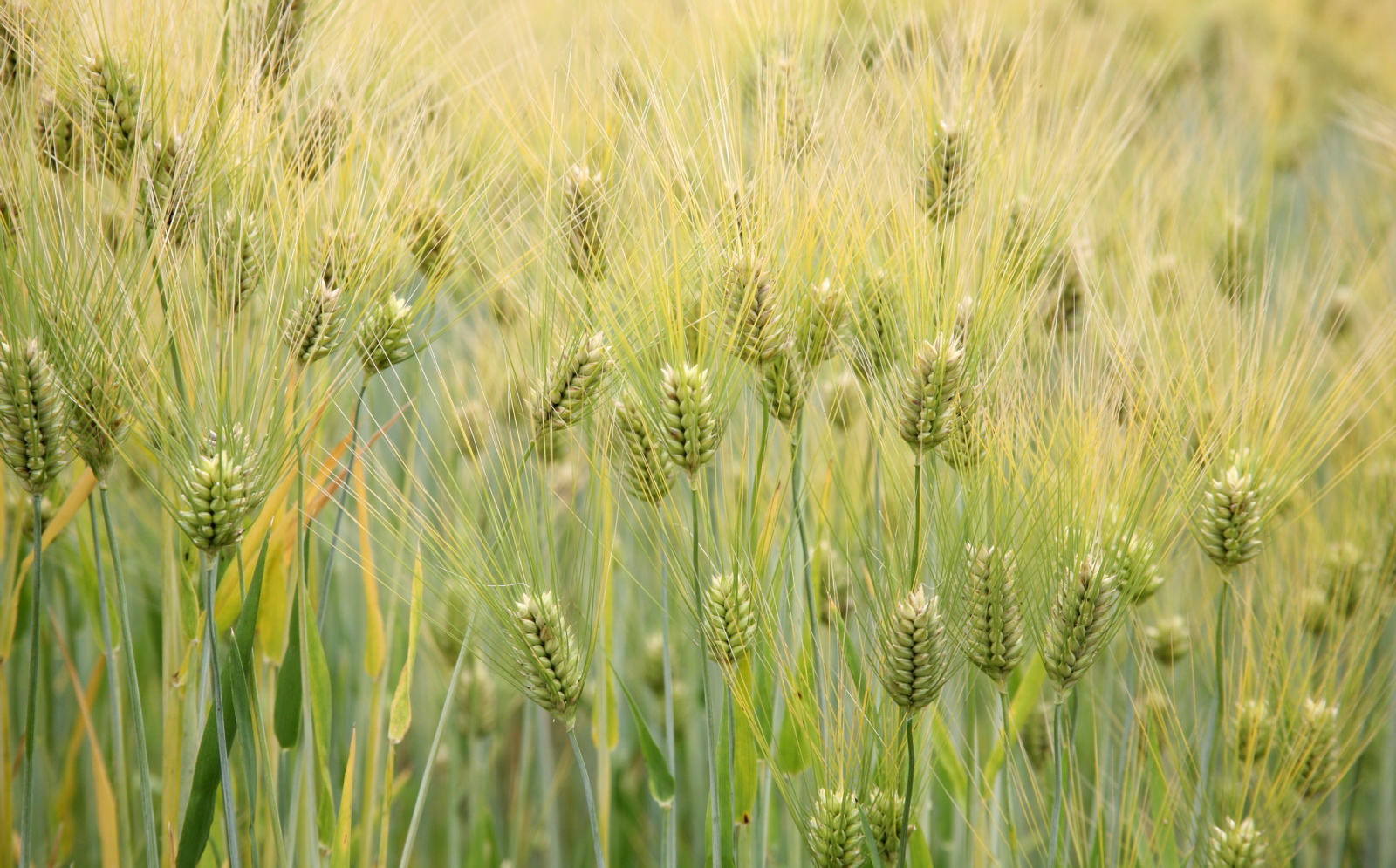
Barley (Hordeum vulgare)
By Melissa Gaskill
Texas Climate News
Climate change means paying a lot more for that cold one.
Periods of extreme drought and heat brought on by climate change will cause declines in yields of barley crops. While most barley is used as livestock feed, 17 percent of the world’s supply goes toward making beer, the world’s most popular alcoholic beverage.
A paper recently published in Nature Plants predicts that during future severe climate events, global beer supply could decline by about 16 percent – comparable to the total US share of beer consumption – and prices could double.
The researchers combined a process-based crop model and a global economic model to evaluate the effects of concurrent drought and heat extremes projected under four future climate scenarios. They found that extreme events could cause decreases of 3 percent to 17 percent in barley yields worldwide, depending upon severity. In most cases, the researchers found, food commodities (barley fed to livestock) will take priority over luxuries such as beer during extreme event years. Decreases in barley supply therefore lead to proportionally larger decreases in its use for beer, resulting in dramatic regional decreases in consumption and increases in the price.
Price changes reflect not only decreased production, but also the ability and willingness of consumers to pay more for beer, so relatively affluent and historically beer-loving countries can expect the largest increases. For example, Ireland could see a 193 percent increase in the price of a bottle of beer, or an extra $4.84.
“On average, the U.S. could see a 34 percent increase in price,” said Nathan Mueller, assistant professor of Earth System Science, University of California Irvine and co-author of the paper. “That’s an average, so under extreme events [prices] could as much as triple. Contrast that with the low emission pathway scenario, which is only an 8 percent increase on average.”
The authors conclude: “Although it may be argued that consuming less beer is not disastrous – and may even have health benefits – there is little doubt that for millions of people around the world the climate impacts on beer consumption will add insult to injury.”
Apart from leaving beer lovers bereft of brew, a climate change-induced declining barley supply also hurts the economy. While Texas produces little barley (the grain prefers higher latitudes and elevations), its annual per capita consumption is about 20 gallons of beer (not including ale), a total of more than 550 million gallons. The state”s 251 craft breweries had a $4.5 billion effect on the Texas economy in 2017. Texas beer distributors – the middleman in the state’s odd three-tier system of licensed breweries, distributors, and retailers – claim annual economic impact of $7.9 billion. Those figures represent a lot of jobs and taxes paid.
“Our focus is on years with extreme events, extreme drought and heat, and with more overall warming, we see the frequency and severity of these events increasing,” Mueller said. “Climate change is loading the dice and making it more likely that we’ll get one of these years.”
On the upside, the prospect of paying more for less beer – along with similar climate change-induced effects on coffee and wine – may finally motivate action to address the problem.
+++++
Melissa Gaskill, an independent journalist based in Austin, is a contributing editor of Texas Climate News.
